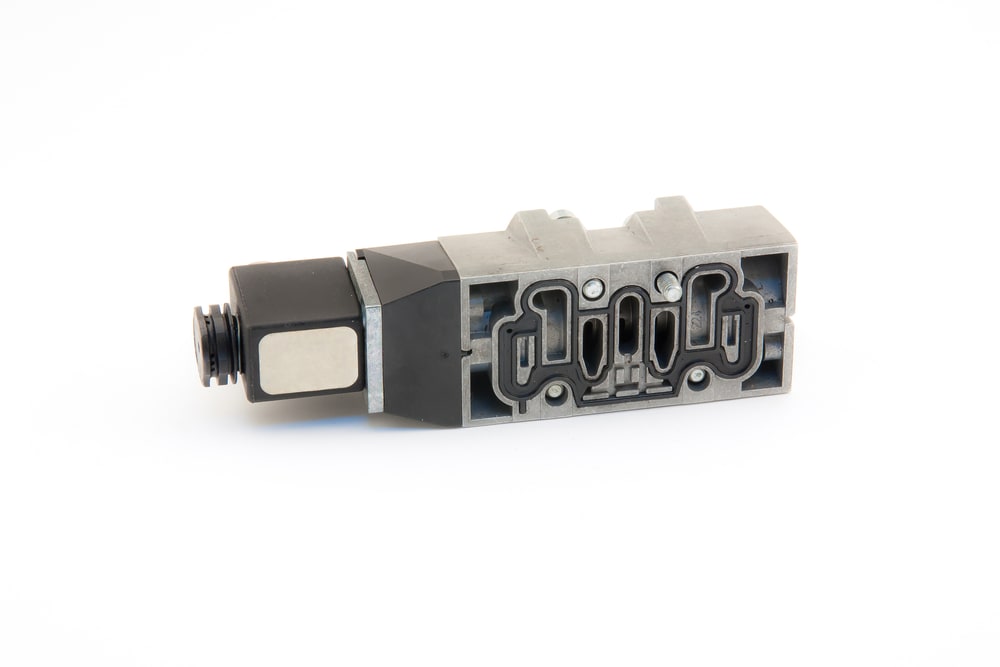

Modern automatic transmissions are sophisticated pieces of machinery that are made up of several components that work together to shift the vehicle’s gears. They operate using hydraulic pressure to shift the gears, and use electronic solenoids to regulate the pressure of the transmission fluid to control the shifting points. One of these electronic solenoids are the downshift solenoids.
The downshift solenoid controls the transmission shifting from a higher gear to a lower gear, such as when the vehicle is slowing down to a stop. When the solenoid fails or has any issues, it can cause problems with the vehicle’s shifting. Usually a bad or failing downshift solenoid will produce a few symptoms that can alert the driver they need to replace the downshift solenoid.
1. Erratic Shifting
One of the first symptoms of a bad or failing downshift solenoid is erratic shifting. If the downshift solenoid has any issues, it may cause the vehicle to behave erratically when downshifting. A bad or failing solenoid may cause the vehicle to experience hard shifting when slowing down or coming to a stop.
2. Late Shifting
Another common symptom of a problem with the downshift solenoid is a vehicle that experiences late downshifting. If the downshift solenoid fails or has an issue, the vehicle may experience late shifting when slowing down. The transmission may stay engaged in a higher gear for an extended period of time when it should be downshifting. This will cause the engine to over rev, and may put additional unnecessary strain on the engine and transmission.
3. Illuminated Check Engine Light
An illuminated Check Engine Light is another symptom of a bad or failing downshift solenoid. If the computer detects a problem with the downshift solenoid circuit or function it will set off the Check Engine Light to alert the driver of the issue. An illuminated Check Engine Light can also be caused by a wide variety of other problems, so having the computer scanned for trouble codes is highly recommended to be certain of what the issue may be.
How Serious is a Bad Downshift Solenoid?
A failing downshift solenoid can pose significant concerns for the operation and safety of your vehicle. The symptoms mentioned before can result in reduced vehicle performance, increased fuel consumption, and potential damage to the transmission system over time. Driving with a bad downshift solenoid is not recommended as it can lead to further transmission issues and compromise vehicle drivability.
It's essential to address a faulty downshift solenoid promptly to avoid worsening symptoms and potential damage to other transmission components. While it may be possible to drive short distances with mild symptoms, continued operation can aggravate the issue more and lead to more severe transmission problems.
It's advisable to have the vehicle inspected by a qualified mechanic as soon as symptoms arise to determine the extent of the issue and prevent further damage. Regular maintenance and prompt repairs are key to ensuring the safety, reliability, and longevity of your vehicle.
Downshift Solenoid Replacement Information
If you feel comfortable, you can replace the downshift solenoid yourself, as it’s not a terribly complicated process. The cost can vary depending on the specific vehicle make and model, but generally, the part alone can range from $150 to $300. If you have little mechanical knowledge or feel uncomfortable doing a DIY replacement, we strongly recommend you contact a mechanic near you for assistance.
If you choose to get assistance from a mechanic, when factoring in labor costs, which vary by location and shop rates, the total repair cost can be between $500 and $2,500. The replacement process usually takes around 1 to 2 hours, including diagnostic testing and installation.
It's essential to address downshift solenoid issues promptly to prevent further transmission problems and ensure optimal vehicle performance. Regular maintenance and timely repairs can help avoid more extensive and costly transmission repairs down the line.
Downshift solenoids are an important transmission component, and without them, the vehicle will not be able to shift gears properly, sometimes even to the point of rendering the car undriveable. For this reason, if you suspect that your downshift solenoid may be having an issue, have the vehicle inspected by a professional technician, such as one from YourMechanic, to determine if your car needs a replacement downshift solenoid.



